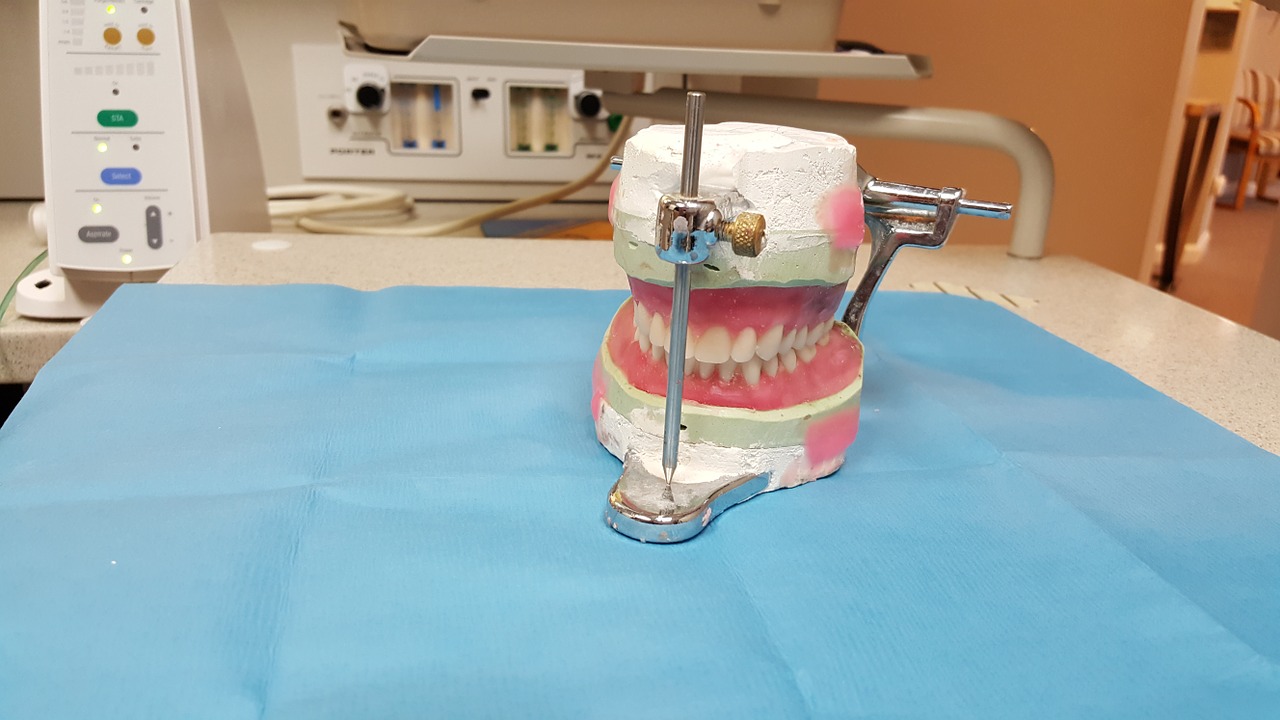
Fact Checks About Dental Dentures
A denture is a removable replacement for missing teeth and surrounding tissues. Two types of dentures are available — complete and partial dentures. Complete dentures are used when all the teeth are missing, while partial dentures are used when some natural teeth remain.
Types of Dentures
- Complete Dentures: can be either “conventional” or “immediate.” Made after the teeth have been removed and the gum tissue has begun to heal, a conventional denture is ready for placement in the mouth about eight to 12 weeks after the teeth have been removed.
Unlike conventional dentures, immediate dentures are made in advance and can be positioned as soon as the teeth are removed. As a result, the wearer does not have to be without teeth during the healing period. However, bones and gums shrink over time, especially during the healing period following tooth removal. Therefore a disadvantage of immediate dentures compared with conventional dentures is that they require more adjustments to fit properly during the healing process and generally should only be considered a temporary solution until conventional dentures can be made.
- Partial Dentures: A removable partial denture or bridge usually consists of replacement teeth attached to a pink or gum-coloured plastic base, which is sometimes connected by a metal framework that holds the denture in place in the mouth. Partial dentures are used when one or more natural teeth remain in the upper or lower jaw. A fixed bridge replaces one or more teeth by placing crowns on the teeth on either side of the space and attaching artificial teeth to them. This “bridge” is then cemented into place. Not only does a partial denture fill in the spaces created by missing teeth, but it also prevents other teeth from changing position. A precision partial denture is removable and has internal attachments rather than clasps that attach to the adjacent crowns. This is a more natural-looking appliance.
How Are Dentures Made?
The denture development process takes a few weeks and several appointments. Once your dentist or prosthodontist (a dentist who specializes in the restoration and replacement of teeth) determines what type of appliance is best for you, the general steps are to:
- Make a series of impressions of your jaw and take measurements of how your jaws relate to one another and how much space is between them.
- Create models, wax forms, and/or plastic patterns in the exact shape and position of the denture to be made. You will “try-in” this model several times and the denture will be assessed for colour, shape, and fit before the final denture is cast.
- Cast a final denture
- Adjustments will be made as necessary
Are Denture Adhesives Safe?
Dental adhesives are safe as long as they are used as directed. If the denture is well-fitting and the adhesive is only used to give added stability, there should be no ill effects. If adhesives are used excessively to fill voids for an ill-fitting denture, they can be harmful to the underlying soft and hard tissues.
Occasionally, in these cases, inflammation of the soft tissues can result. In addition, because of its movement on the soft tissue and underlying bone, an ill-fitting denture can cause bone loss.
